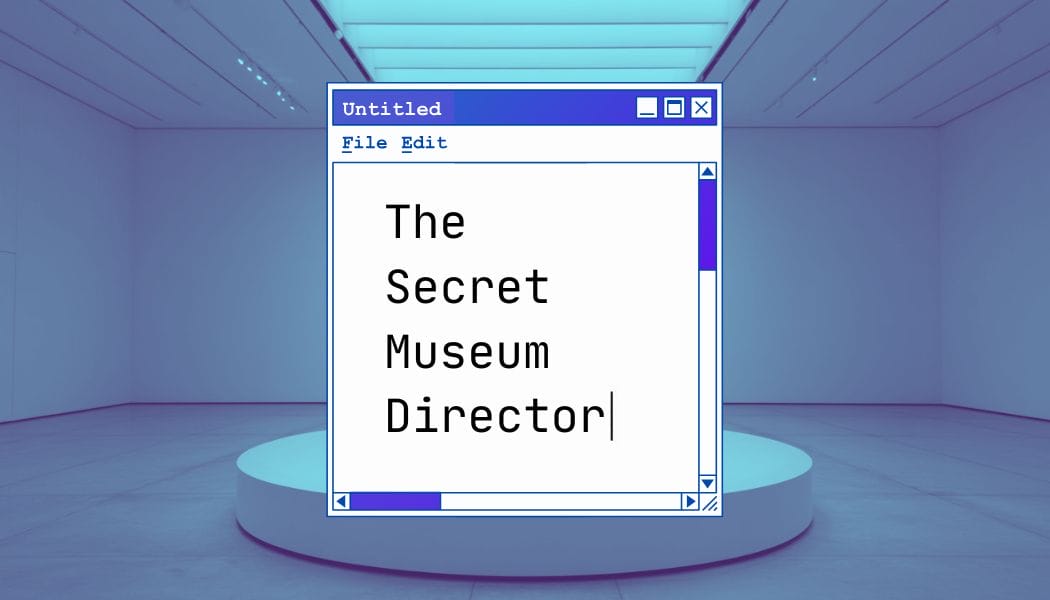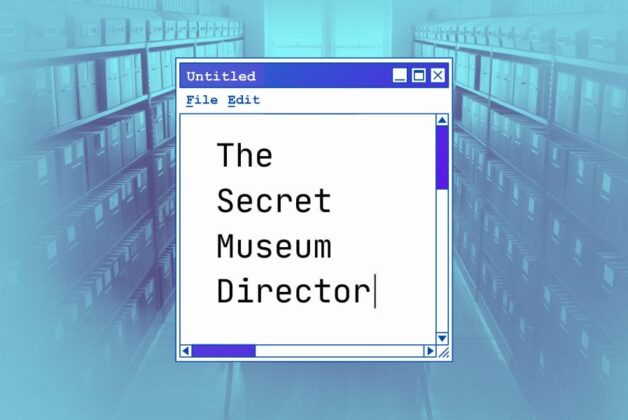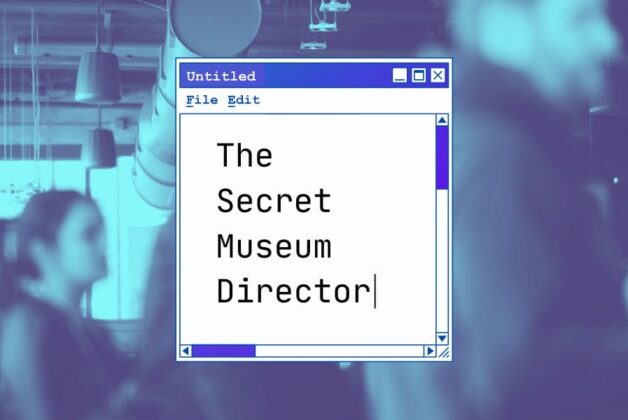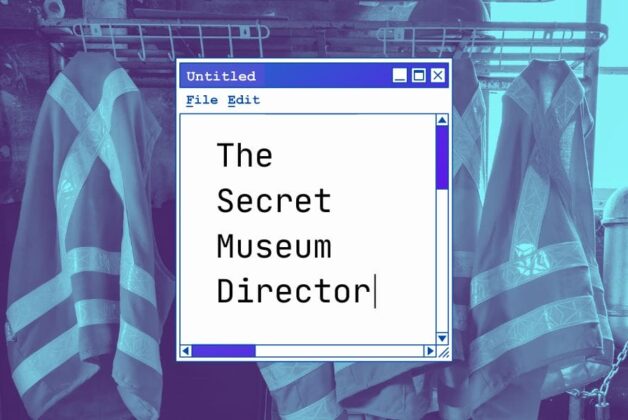The Secret Museum Director explores curatorial dilemmas around often controversial centrepieces that divide audiences and overshadow other displays
I am a Secret Museum Director afterall, so naturally I must be careful not to give up too much information, lest the masses hunt me down with autograph requests / knives drawn (delete as appropriate).
Today I’ll talk about an item in our collection that all museum professionals have encountered a version of.
You know the one, it’s invariably described as a ‘centrepiece’. It’s the object which demands the most thought, care and risk anticipation when displaying and interpreting. And if displayed incorrectly threatens to overshadow all the other objects on display.
It is the object in danger of becoming the singular memory in a visitor’s mind. For reference, this Item will now be named ‘The Beast’.
At my museum, The Beast has caused people to tell me: “It makes your museum” and “It is a coup for you”, alongside: “It shouldn’t be on display”, “It should be destroyed” “I wont come here again”, and “I will use it for research”, “it should be here but don’t explain it like this!”.
How do we provide suitable placement and interpretation to all of our displayed items whilst showing our pride in a complex and spotlight-grabbing item like ‘The Beast’.
How do we ensure that we give credence and balance to the narrative we are trying to convey when ‘The Beast’ can say all that needs to be said just by being in the room?
Should we simply ‘go with it’; giving ‘The Beast’ the room, lighting and awe it so deserves (remaining items be damned)?
Do we go back to our narrative and interpretation strategy to underpin or justify our decision?
Do we consult our audience? Do we go with our gut?
‘The Beast’ isn’t an easy piece to display. It can often be divisive, emotive. What do we consider in trying to interpret The Beast?
Do we acknowledge the amount of difficulty we have in explaining its presence, and in my case the scholarly conflict and trauma, and the comments, it will invite?
And in providing interpretation, we are nailing our colours to the mast. So are we forced into considerations about interpretation; what text to add… perhaps no text is best? Perhaps we invite visitor viewpoints before making our view public? Or is that a cop out?
Whatever we say, we also present our thoughts on it as a team and as a museum. But this is the risk we must take, isn’t it?
The same conflict applies in how we market The Beast, our use of The Beast in selling our products, in conveying our identity.
The Beast tells us so much, says so much, provides emotional context. It can repel, disgust, generate anger and sadness. And yet The Beast is a privilege to own.
And that gets to the core of museum collection strategy: The Beast compels us to think about our mission, our audience and our narrative, perhaps more than the rest of our items combined.






